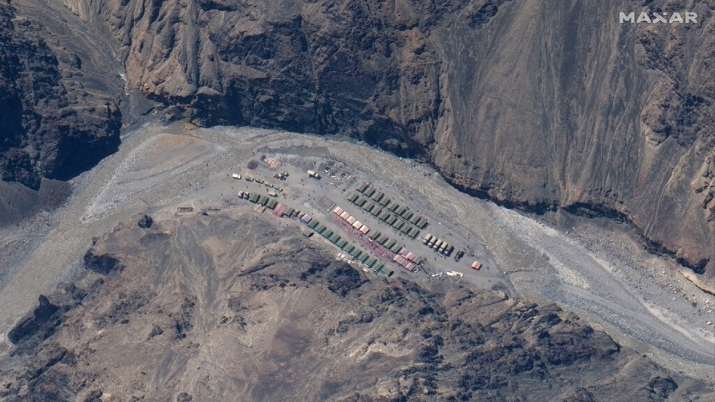
China pulls back troops from Galwan; crisis blows over for now
The two-month stand-off between India and China at the Line of Actual Control (LAC) in Galwan appears to be over, with China pulling back its troops from areas that it had encroached upon

The two-month stand-off between India and China at the Line of Actual Control (LAC) in Galwan appears to be over, with China pulling back its troops from areas that it had encroached upon.
The stand-off, which resulted in clashes between Indian and Chinese troops, causing the deaths of 20 Indian troops and an unknown number of Chinese counterparts, had caused a significant rise in tension between the two countries. India, in retaliation, had banned 59 Chinese apps and was threatening to follow up on it.
Reports, quoting government officials in Delhi, said the Chinese troops had pulled back to more than a kilometre from the location in Galwan they had entrenched themselves since early May.
A Hindustan Times report said National Security Advisor Ajit Doval had held a virtual meeting with Chinese Foreign Minister Wang Yi on Sunday (July 5) ahead of the Chinese Army’s pull-back from friction points in the Galwan area. Both the representatives reportedly agreed to “strictly respect and observe” the Line of Actual Control and not take any unilateral steps to change the status quo.
At a Corps Commander-level meeting on June 30 that lasted nearly 15 hours, the Chinese had assured they would withdraw. On verification, Indian officials said that the Chinese had dismantled the structures they had built and moved back. Some reports say they had moved back over a km while others said they had withdrawn two km from the site of the Galwan clash.
The two military commanders at the June 30 talks indicated that, at first, the de-escalation would take place at all the friction points — Galwan, Pangong Tso, Hot Springs — and then ‘depth areas’ such as Depsang plains in the north, where China had amassed troops, would be looked into, reported The Hindu.
A buffer zone has been created between the troops of both countries, reports quoting Indian government sources said. “We will need to see if this is a lasting, genuine disengagement,” said the sources.
Three days ago, Prime Minister Narendra Modi, during a surprise visit to a Ladakh forward post, addressed Indian troops and said, without naming China, that “the age of expansionism is over and expansionist forces have either lost or were forced to turn back.”
The PM’s assertion, on the heels of a widespread anti-China social campaign in India, indicated the unhappiness within the country over what has widely been seen as an intrusion by China, some half a km on the Indian side of the LAC. Further, the killing of 20 Indian soldiers had angered the country, pushing up demands on the government to act definitively.
Monday’s development on the withdrawal by the Chinese is expected to cool down the tension in relations between the two countries. A meeting is already scheduled between National Security Adviser Ajit Doval and Chinese Foreign Minister Wang Yi that will take forward the rapprochement.

